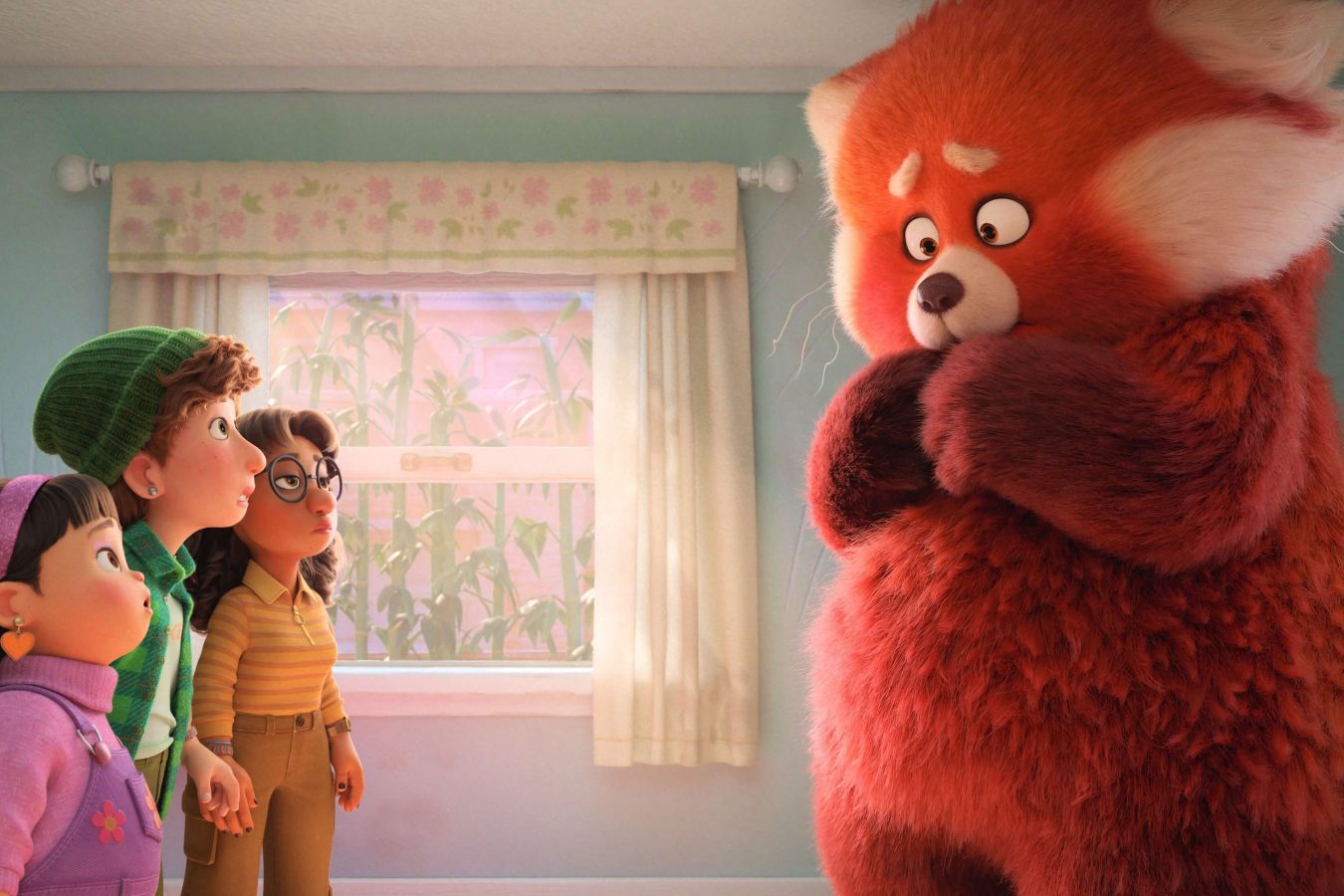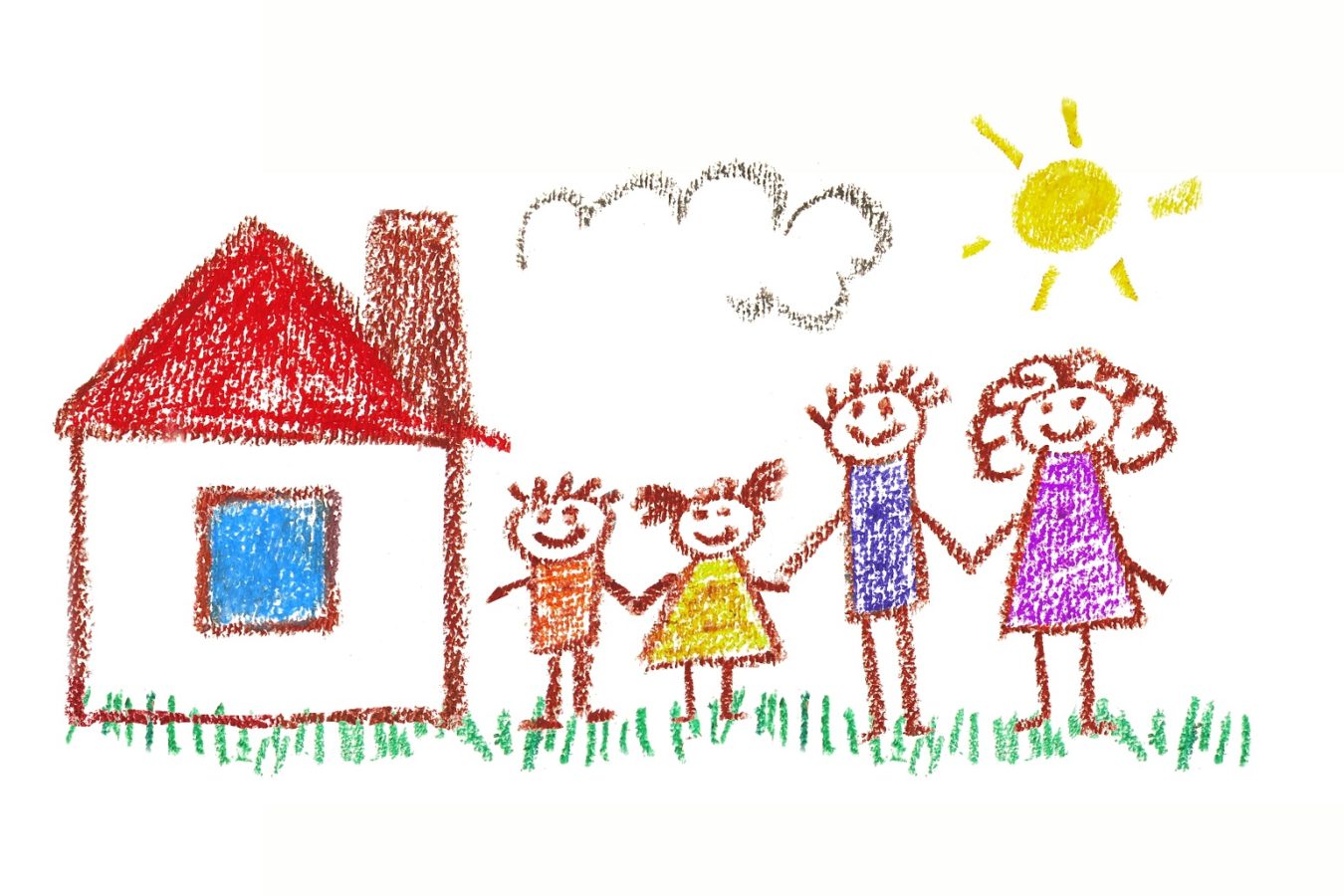
After hearing her kids utter a few choice words, Natalie Moutafis questions the power of swear words and how to approach their use by young kids.
Cheese and crackers? No, I’m not talking about a snack – although delicious. I’m talking about everyone’s favourite cartoon Dad, Bandit Heeler of Bluey fame. When something doesn’t go his way, he’s known to say ‘cheese and crackers’, ‘biscuits’, or ‘goodness gravy’.
In the Tiny Human household, ‘biscuits’ has become a familiar phrase, along with other made-up choice phrases like ‘chicken nuggets’.
But is swearing (or cussing, cursing) all bad? Aren’t they just words? And by deciding that a word is a swear word, are we not just giving that word unnecessary power?
We’ve noticed that our kids are beginning to try some new words on for size. Words they’ve likely heard other kids say in the playground and phrases I know they’ve listened to us utter in a moment of frustration in traffic or when banging a knee on the coffee table for the third time that week.
Is swearing ‘bad’?
According to a 2021 report, most parents don’t want their kids to hear swear words. But what about saying swear words? Honestly, I don’t want my Tiny Humans swearing yet. But I am already seeing it’s pretty much inevitable. While I think they are still too young and expanding their everyday vocabulary, it’s somewhat comforting to know that it’s age-appropriate behaviour.
The power of words
I also want to teach them that their words hold power. It’s not so much that a word is inherently ‘bad’, but it’s also the delivery of words that gives them impact.
Words like ‘stupid’, ‘idiot’, ‘hell’ or ‘heck’ are words I don’t want to hear my kids throwing about recklessly either. Not traditionally classed as profanity, these are words that we’ve noticed in picture books, making it difficult to classify them as ‘inappropriate’. I’d much prefer they learn other descriptive words they can use and that they don’t necessarily need to default to profanity or inappropriate comments to get their point across.
Societal weight of words
I’m also teaching them to remember that everyone is different and to respect that. Different cultures and languages place different meanings on words so that a word might be a swear word in our culture, but in another, it’s not.
It’s up to us as parents to educate our kids on when and where it’s appropriate to use particular language and how people may react to such language. We also must remember that our kids learn from us first – how to model and express themselves based on our actions. This is why the way we react to our kids when they start trying out some of those words they’ve overheard, they are noting the impact of those words on those around them.
How you serve it
I’m coming around, albeit rather slowly, to the idea of treating choice words as just other words. Is it like allowing kids to eat treats as part of their meal? The more they have free access, the less likely they are to ‘try it on’. It’s no longer perceived as ‘fun or inappropriate’ if you are allowed to do it.
Consider the idea of serving dessert and dinner. You want dessert because it’s always been this fun and delicious meal you’ve had after dinner. But if you serve it alongside dinner, it’s not viewed as a treat over time. Serve the swear words with the everyday words, and perhaps it becomes less of a dessert and more like dinner?
Chicken nuggets!
So where to from here? Now that choice words are slipping into their vocabulary? For me, it’s not all doom and gloom, and I take comfort in knowing that some words seen as profanity decades ago are no longer considered inappropriate. We’ll continue to educate the kids on what and when are appropriate (for our family) words to use and not beat ourselves up for the odd ‘cheese and crackers’ outburst when we stub a toe or drop a plate.
About Natalie Moutafis
Natalie Moutafis is the author of our Tiny Humans blog, providing her engaging and insightful take on life with two young children. Natalie is also a project manager at ISV.
Like this post? Please share using the buttons on this page.
Sign up for our newsletter

